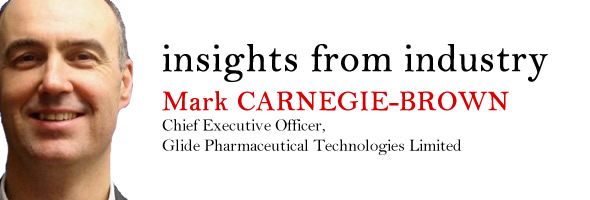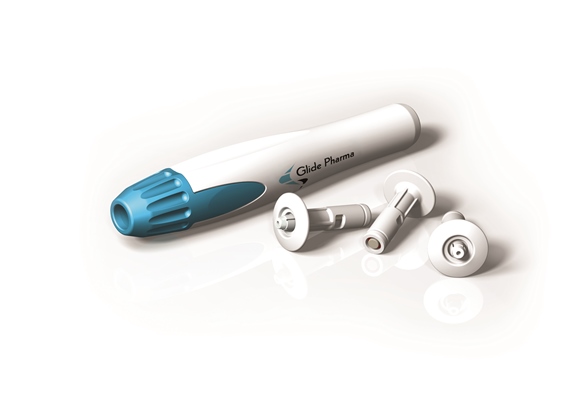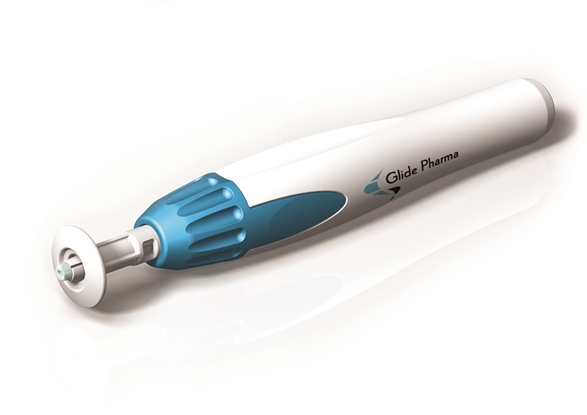
Please can you give a brief history of anthrax vaccines?
Anthrax vaccines have a prominent place in the history of medicine. This goes back to, Pasteur, who while everybody associates with the milk treatment process, also worked on rabies and Anthrax vaccines in cattle.
Anthrax is caused by the bacterium Bacillus anthracis, but most people will relate to Anthrax because in the 20th century it's received so much attention as a potential biological warfare agent and a vaccine has been necessary to protect US troops.
The currently registered vaccine is known as an anthrax vaccine adsorbed or so called AVA vaccine and is produced from the culture filtrate of a less virulent strain of the bacteria adsorbed onto aluminium salts. This type of vaccine is difficult to produce and has been associated with reactogenicity after treatment.
Current vaccine research is focused on recombinant and recombinant sub unit vaccines. Antibodies to the protective agent appear crucial in the protection against exposure to the virulent anthrax spores.
In 1997, the Clinton administration initiated an Anthrax vaccine immunization program for active US service personnel. A controversy ensued because the vaccine was mandatory and a perception developed that the vaccine absorbed material had unpleasant side effects including erythema, induration and soreness.
In addition adverse reactions were recorded in approximately 1% of recipients. Such effects led to legal injunctions against the US service program. However no alternative vaccines have been registered.
The legal cases seem to have been resolved and in 2006 the Defence Department announced the reinstatement of the mandatory Anthrax vaccination program for 200,000 troops. Vaccinations are required for US military units going to Iraq, Afghanistan, and South Korea.
So that's a little about the history of the vaccine, both from its origination in the days of Pasteur to current use of a single registered vaccine for immunization of the US armed forces.
Glide Pharma were recently awarded a sub-contract from Pfenex Inc. to develop a solid formulation of the recombinant anthrax vaccine. What are the main logistical constraints of the currently available vaccine?
I think there are a couple of restraints. The first is that the registered vaccine, as intimated earlier, has some unpleasant side effects.
The second is that that the full vaccine program requires 6 doses.
And so this has led to Washington looking for new vaccines without side effects; potentially reduced dosing and improved stability.
That’s where we believe the Glide technology - the solid dosage and device can combine with the Pfenex rPA vaccine and offer an alternative approach addressing the needs of the NIAID program.
How do Glide Pharma plan to address these constraints?
Well we've got evidence that our solid dosage technology improves stability and so shelf life of APIs. So we expect to be able to formulate the Pfenex rPA vaccine and gain an improvement in stability and this is the development work recently initiated. Clearly improved shelf life would meet one of the characteristic required by NIAID in their programme.
We also believe there is a significant benefit with our solid dose injector device because its simple to use and appropriate for self-administration.
So we believe the development programme with Pfenex will deliver the needs of the NIAID program.
Please can you outline the Glide SDI® solid dose injector? What benefits are there of this needle-free delivery system?
There are two principle parts to the solid dose injector. The first is the re-usable actuator, which is a simple spring powered device, which through pressure on the skin pushes the implant under the skin. The second is the sterile drug implant and cartridge on the nose of the actuator.
We believe there are three key benefits. The first is that Glides solid dosage form will improve stability and therefore the shelf life of the ultimate vaccine.
The second is that self-administration and a move away from the clinical setting brings big benefits in the field situation.
The third is that we have seen evidence of improved efficacy with vaccine work we've done in the past. So if this extends to the Pfenex rPA vaccine, it may be possible to reduce the number of doses required.


What hurdles will need to be overcome in order to develop a solid formulation of recombinant anthrax vaccine?
Vaccines can be difficult to stabilize, and so producing a stable solid formulation is the first goal.
Assuming this is delivered then the next challenge will be scaling up to a manufacturing level for clinical and commercial batches.
How did the contract between Glide Pharma and Pfenex arise?
Well NIAID, the National Institute of Allergy and Infectious Diseases, were looking for more stable vaccines and simple delivery systems. They had became aware of Glides solid dose injector and we understand raised this with Pfenex. This led to the development agreement between Pfenex and Glide.
What are Glide Pharma’s plans for the future?
We have a development and licensing business base around our technology platform. The solid dose injector, applied to device appropriate pharmaceutical ingredients, provides additional differentiation enabling product life cycle management.
We've got two internal programs running one with parathyroid hormone for osteoporosis and one with epinephrine for anaphylactic shock.
So our expectation is to prove the technology end to end , add value to Pharma product life cycle, not only pipeline, but especially commercial products that are 2 to 3 years away from patent expiry.
How do you think the future of vaccine delivery will develop?
I think there are two aspects to that. I think the first is to find more efficient vaccines to enhance the immune response, and ideally reduce the frequency of administration.
The second aspect of future development is for stronger simpler delivery systems. Glide has technology with potential to deliver in both these areas.
So more patient friendly systems and more efficacious vaccines is where it's going.
What makes Glide technology so novel?
The solid dosage is totally unique, there's nothing out there that has a solid dosage system which replaces the conventional needle and syringe.
There are patch systems out there, there are pump systems out there, there's nothing out there where the formulation, in the form of an implant, replaces a needle, and that's the novelty of the Glide technology.
Where can readers find more information?
http://www.glidepharma.com/
About Dr Mark Carnegie-Brown
 Dr Carnegie-Brown is CEO of Glide Pharmaceutical Technologies Limited and has 25 years’ experience of the life sciences sector.
Dr Carnegie-Brown is CEO of Glide Pharmaceutical Technologies Limited and has 25 years’ experience of the life sciences sector.
Previously, he was CEO of Evolutec, a biological drug development business, where he led a successful IPO and established the company’s clinical and manufacturing programmes.
He was also CEO of Aenova, a pharmaceutical tablet and capsule manufacturer, where he led the integration of the Swisscaps and Dragenopharm organisations.
Dr. Carnegie-Brown started his career in R&D at ICI and subsequently held a number of commercial roles before becoming General Manager of Zeneca’s UK and Eire business.
About Glide Pharma®
Glide Pharma® is a pharmaceutical development and device company focused on the easy, safe and convenient administration of solid dose formulations of therapeutics and vaccines. The company has a range of in-house and partnered programmes based on its proprietary solid dose injector, the Glide SDI®. Glide Pharma has a strong management team with extensive experience of the pharmaceutical, biotechnology and medical device sectors. The company has successfully completed five investment rounds, and is supported by a consortium of institutional and private technology investors, including Invesco Perpetual, Oxford Technology Venture Capital Trusts, Oxford Capital Partners and Hygea VCT. For more information please visit www.glidepharma.com